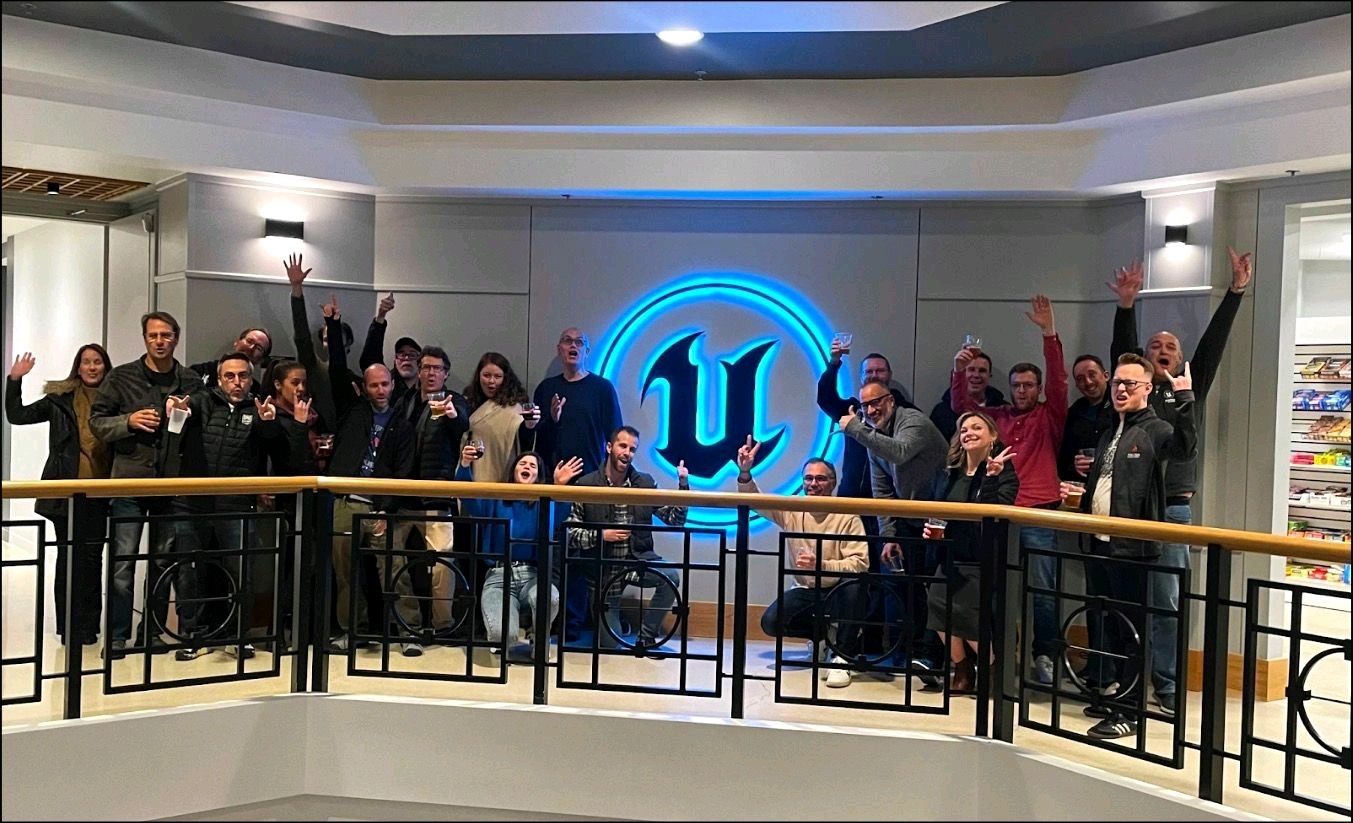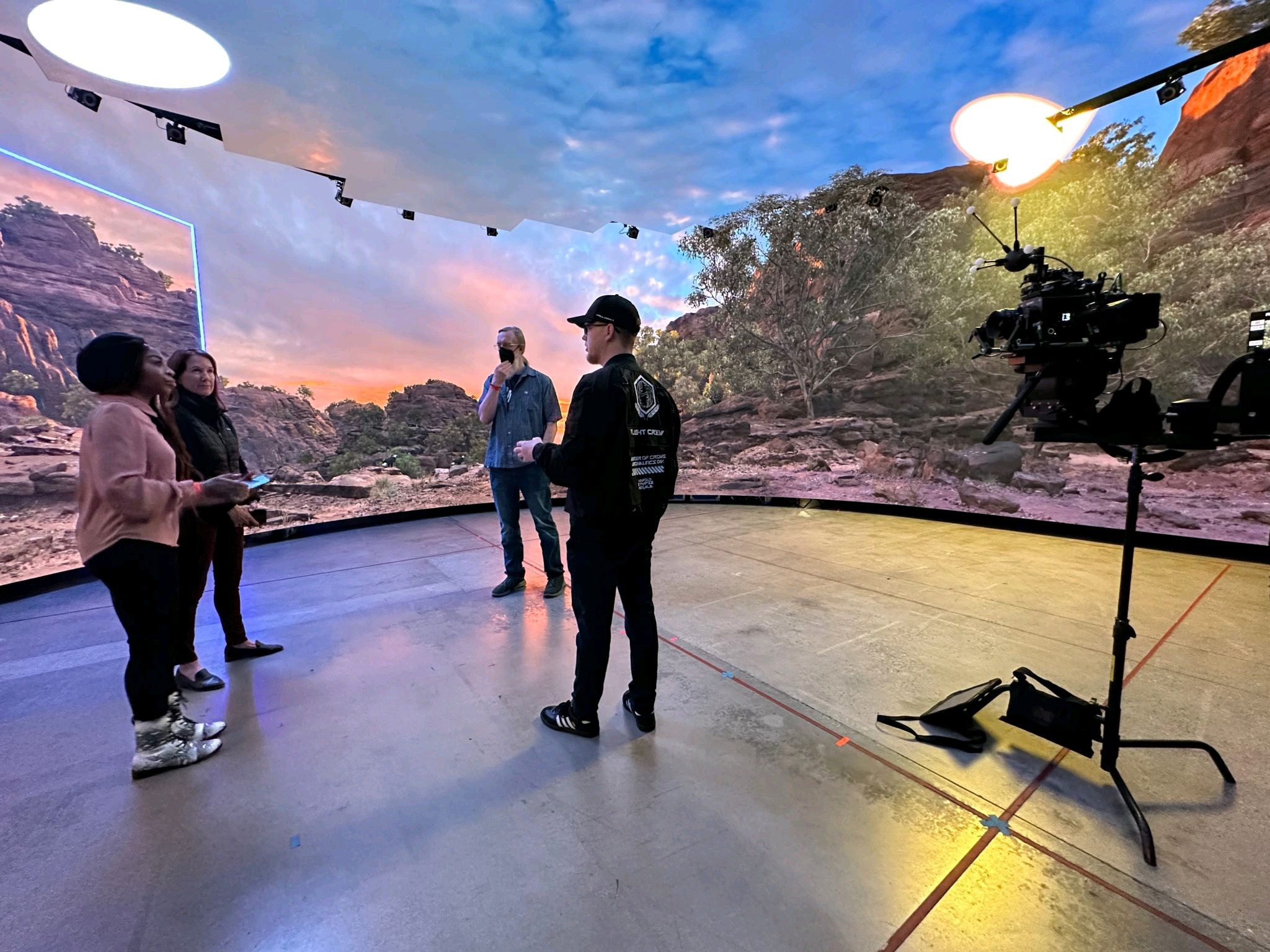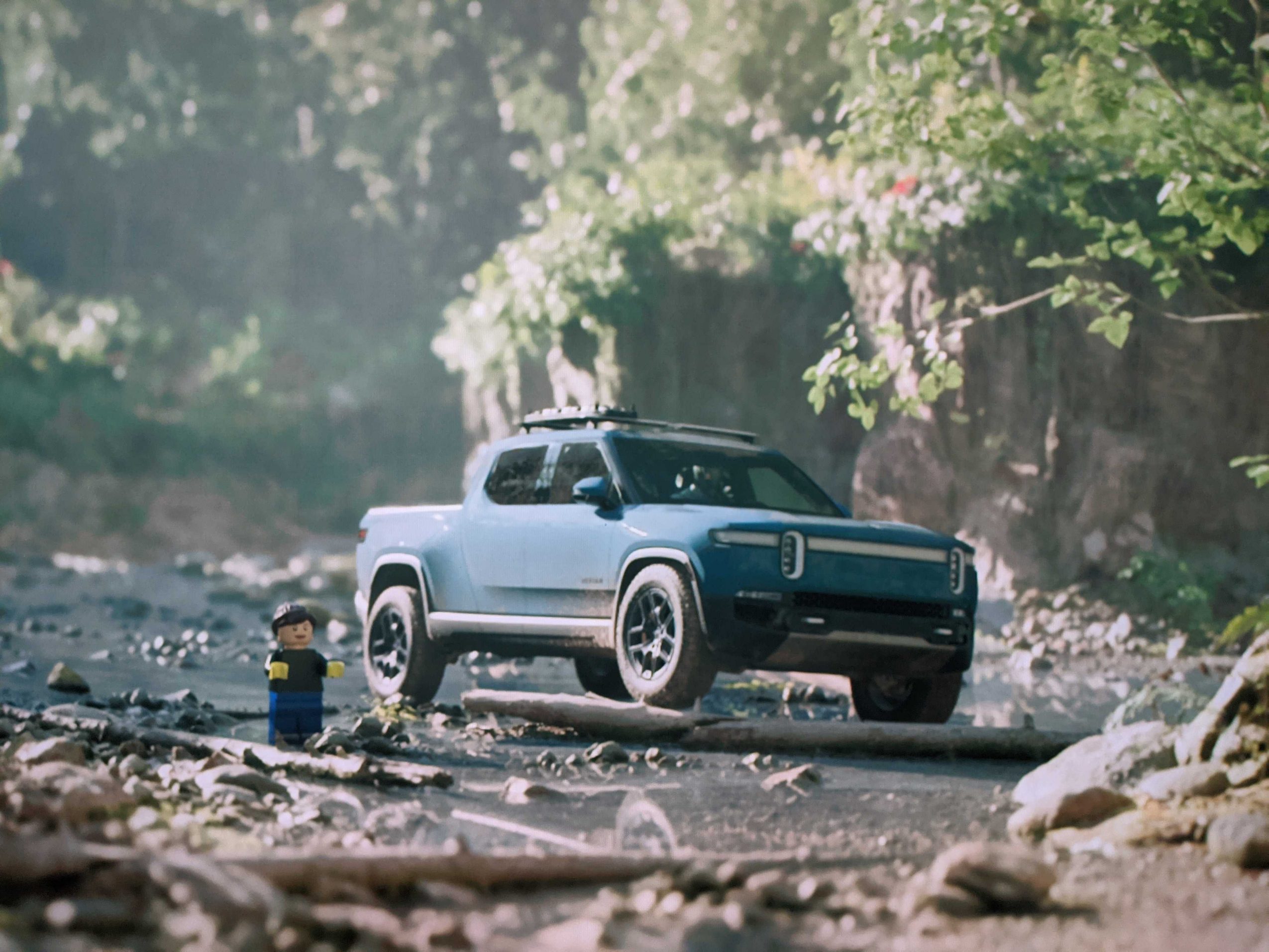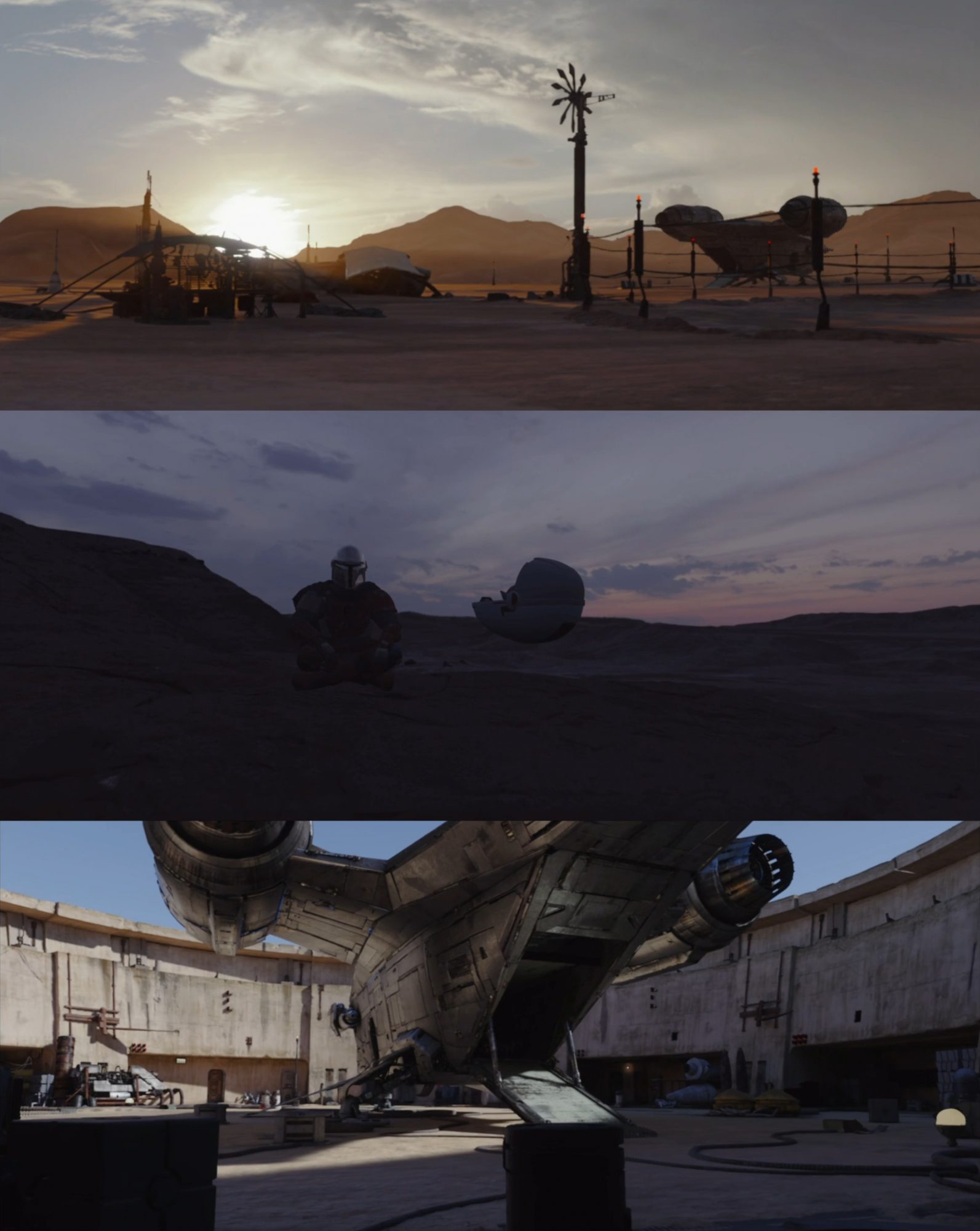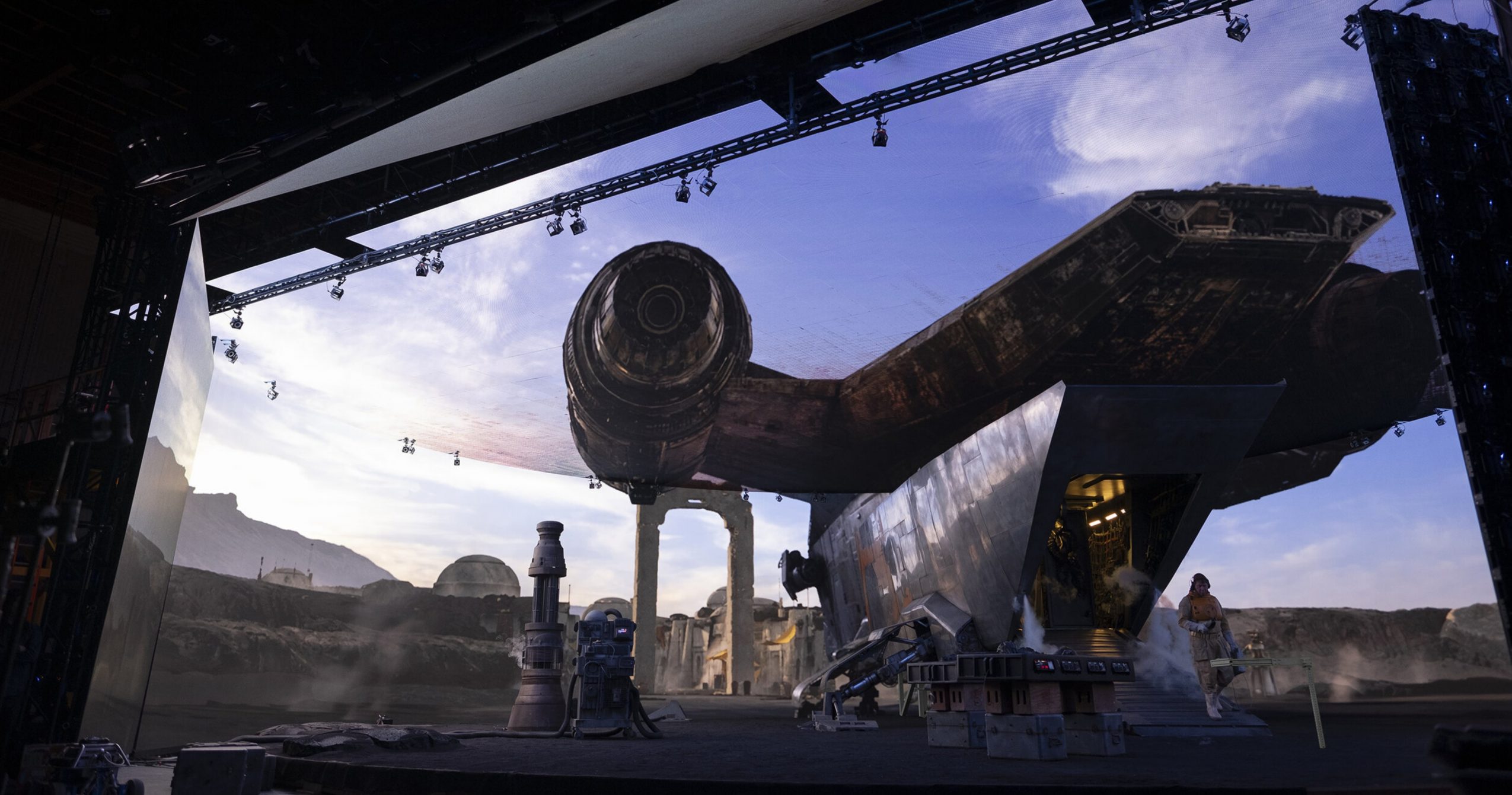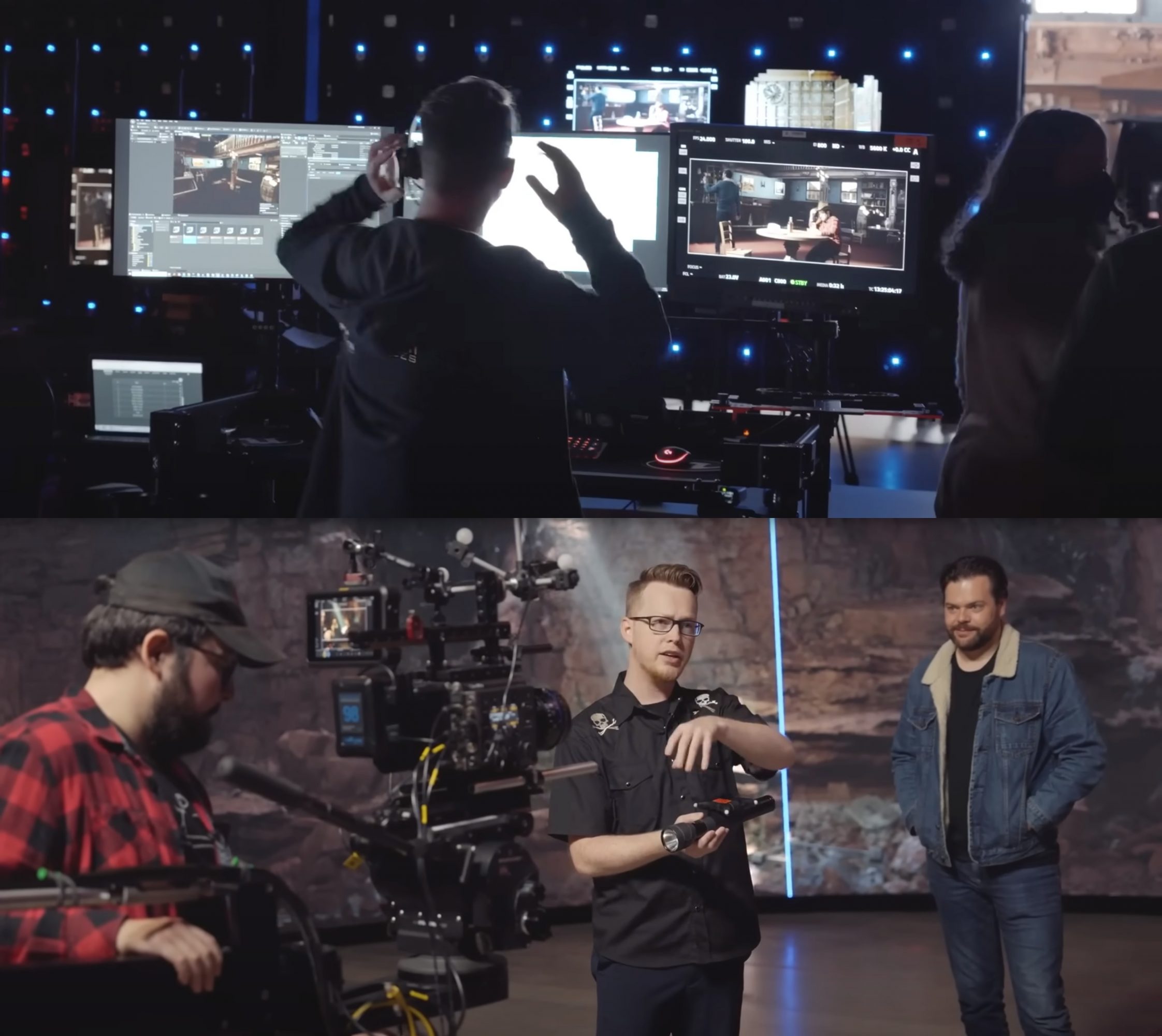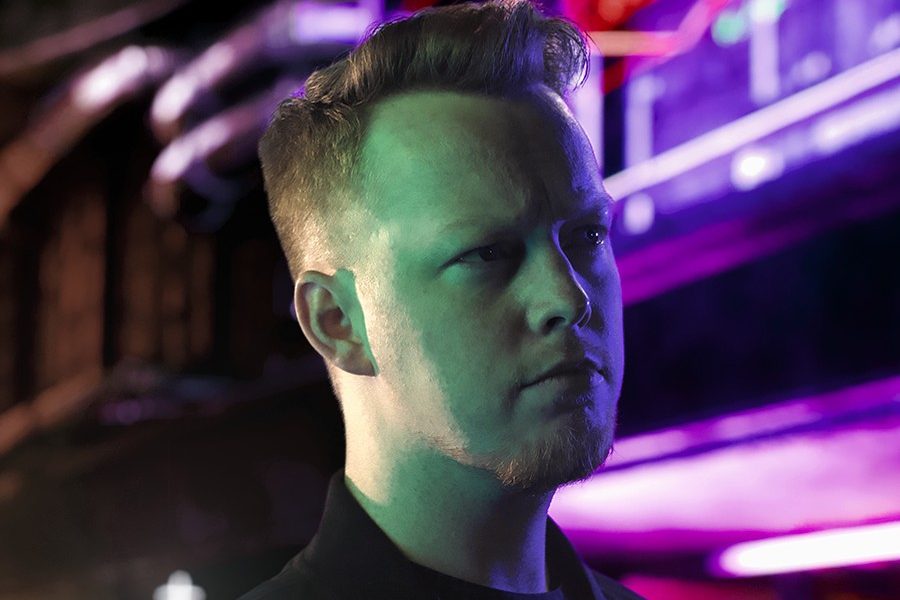

Today we’d like to introduce you to Mike Sill.
Hi Mike, we’d love for you to start by introducing yourself.
My journey into building immersive worlds through Technical Art and Virtual Production can, to the simplest of summaries, be attributed to a statistical anomaly of being in the right place at the right time at most points of my life.
Having been born in the late 80s, I was extremely lucky to build tactile and lasting visual memories during a technological boom that would form the foundation of a career I wanted but had yet to realize existed. I remember messing around with the family RCA Camcorder, butchering everyone’s ears with my Mom’s Casio, and learning digital art through MS Paint on my Dad’s DOS Gateway PC. However, what really grabbed my creative attention was the arcade at the local mall. This was the first place where I would get lost in the perfect balance of everything I liked, imaginative worlds, immersive sounds, bold artwork and all tied neatly with a healthy dose of competition. My folks saw my love for games and would contribute to a series of events that would cement an unshakeable path I wished to take.
One early Christmas, I received a PlayStation. It became a ritual to go walk down to Blockbuster and pick up a copy of whatever game struck my eye. Now, this was well before the days of being able to see previews of a game on mainstream television ads or how a game would even play. So, when I dove into a new title, the adventure that would come through the hazy glow of the CRT monitor was pristine without spoilers, leaks, or opinions. A truly personalized experience. The best part of these early 3D games were pre-rendered videos and in-game cinematics called cut-scenes. These were often played to further the story or reward the player for something done, and the greatest part was that some of them were entirely secret, meaning you had to perform unknown actions to unlock them. This is why I love games, to see what they hold and what they can do. In one game, the one that sealed my path, I didn’t even have to look very far.
The year is 2000, and I pop in a fresh disc of Squaresoft’s Final Fantasy VIII. The game had a full pre-rendered intro cinematic that was unlike any other title at the time in terms of CGI realism. The opening shot shows a beautiful beach with rolling waves on the shore. A choir begins to sing on every crash, and suddenly the camera starts accelerating over the ocean, fading into a barren desert, then into high thunderous cliffs. Transitions to battling protagonists and antagonists over a rushing orchestral score, and this is it.
I AM HOOKED.
It looked so good. I want to do this; I need this to be my job. I couldn’t stop thinking about roaring through cavernous environments, ice fields, battles in space operas, and other-worldly planes of existence. I needed to know how I could break into this field.
I began taking every art and computer science class I could. In 2004, I attended a summer camp at the Art Institute of Pittsburgh, where a teacher by the name of Ricardo Washington Jr. sold me on how to merge 3D modeling and environment building to create vast worlds that I had full control over. I went back home and bought a copy of Unreal Tournament 2k4, which had the tools I had just learned, and I went to work creating levels for the game on my home PC. I only applied to the Art Institute, trying to convince my family that I could do this as a career, that I understood the financial burden I was about to impose on myself. Luckily, I survived and graduated with a computer science degree in Game Art & Design, and landed a 6-month internship at a local studio called Schell Games.
During this brief stint, I shifted from becoming a world builder into the role that I excel with today, technical art. For those unfamiliar, this is a role in a studio for someone who not only creates everything from the smallest stone to entire planets but also develops pipelines and tools to make them quickly, efficiently, and performant enough to run on any platform desired. I started learning every trick in the book to make things work, and by the time I left Schell, my first game and experience was released in the wild at the San Diego Zoo. A small turtle racing adventure with motion controls. After the internship, work was dry in the region as I bounced from small project to small project, with none reaching the public eye.
In 2014, I landed a gig as a product renderer in Cleveland, OH, where I developed speed and quality with my 3d modeling. Oculus virtual reality development kits are all the rage during this year, and I spent each lunch developing a 1:1 scale of my company office in VR, still Using Unreal Engine 4. This personal project launches my career in Hollywood. I was cold messaged by a company in Santa Monica called MatterportVR via a former colleague reference in Patrick Hanenberger. After a year-long dance of will they-won’t they, Matterport and the VR boom start to fade. I then decided to take a week-long trip to Los Angeles, where I was lucky to have an impromptu formal interview with Matterport’s parent company Halon Entertainment. I hear back the next day that I’ve landed the gig as an Unreal Engine Artist and two weeks later, I’m off to the races. I’m in!
Over the following seven years, I progressed to Tech Art Lead, then Technical Director working on over 70 films, television series, theme park rides, commercials, trailers, and yes… video game cinematics. In 2018, my knowledge of the Unreal Engine was caught by the eye of Andrew Jones, who brought me in to help lead and educate the newly invented “Virtual Art Department” for the first season of The Mandalorian. My job was to help train a team of Halon, ILM, and Happy Mushroom artists and lead in creating the foundation of the show’s real-time art pipeline and worlds via Unreal Engine for display on a gigantic LED Cylinder Wall as the backdrop for every episode.
While this project was extremely strenuous, it was an opportunity to work alongside programmers and developers of the engine I loved to use and on a new artistic medium which was something I could only dream of working on as a kid. In December of 2021, I would go on to work as a Virtual Production Stage Operator at Epic Games’ R&D Lab in El Segundo, CA. Officially I joined Epic, the makers of Unreal Engine a year later, where I was the client-facing stage operator for LED Wall technology for over 170 companies across the globe, teaching the current and next generation of studios and artists on how to approach real-time solutions for their various projects and aspirations.
These days, after a rough industry year for all of us, you can find me at my soon-to-be new home at Orbital Studios in the Arts District near Little Tokyo, among some of the fastest and brightest minds in the industry. Altogether, I still get to work with the same tools on the same types of projects that inspired me as a kid, going to work happily in a career I don’t want to stray away from.
I’m sure it wasn’t obstacle-free, but would you say the journey has been fairly smooth so far?
Oh, it definitely hasn’t always been a smooth ride. I never had a very strong talent for just traditional art or programming in their individual disciplines. I had to grind constantly to get anywhere close to entry level.
While I was able to get into the program I wanted and earn an internship because of my work at college, the following five years were fruitless. At many points of that span, I would spiral into depression while working three minimum wage jobs to pay $1100/month in student loans, with a budget of $3/day for food. I would wonder if I would ever be good enough for a big studio. Would I ever have enough money to move to where I needed to be?
When I moved from Pittsburgh back to Ohio in 2014, I was wondering if I had failed my original goal. I had a job in a digital art industry, but was I content rendering KitchenAid and Nike products? I would drink constantly after work, fell out of shape, and would be down on myself nearly every waking moment. I had to do something to change, and that’s when I started working on personal projects during lunch. I studied and studied, and would stay late after work to learn every feature of Unreal Engine. I wasn’t content with just 3d modeling; I had to build interactive worlds.
The fear of failure has been the most difficult internal struggle in my life. It sounds trivial compared to the struggles of others and close colleagues, but I am often entirely consumed by it, and at other times it serves as fuel to thrive to heights I never thought I’d reach. I’m happy to say that it’s all been worth it. I briefly got to touch the sun by working for the company I loved for years. I’ve left a mark on history, and there’s a good chance one of the projects I’ve worked on will make it a hundred years into the future to some small Mars outpost. The family name, just a few pixels in a sea of other talented artists, scrolling by at the end of a mediocre movie is both hilarious and inspiring to me.
Alright, so let’s switch gears a bit and talk business. What should we know about your work?
The simplest I can boil it down to is that I create digital interactive environments for Hollywood films, video games, television series, and music videos for use with Virtual Production.
I specialize in technical art for real-time environments, with my greatest strength being Material Creation (the process of applying texture, color, and surface properties through physically measured math and artistic choice. My official role and title can vary depending on the production, but most commonly I’m nowadays known as a Virtual Production Stage Operator. This means that I sit amongst a section of people on set known as “the brain bar” where we perform technical art (think lighting, color grading, 3d modeling, procedural content, plate playback, material rendering…etc.) in a real-time environment (think a game engine such as Unreal Engine), and we display that environment on massive LED walls and volumes to serve as backdrops for film.
If you’d like a short visual explanation on the world of Virtual Production, feel free to watch these two short intros I had the pleasure of doing in partnership with IGN:
https://youtu.be/OBOtrPoTqj8?si=Bu-0Mvy81H1LPNYo
https://youtu.be/VskCK0f-FKg?si=uxRy1vkl5yxNxodJ
When people ask me what sets me apart, I’ve come to learn that I have an extremely good radar for project scope and an odd ability to come up with solutions to art issues at an alarming speed. A lot of these skills I attribute to training in my field during a phase where a lot of 3d problems were still being solved and the solutions to those problems have been mostly lost to time. So, I make it seem like I dabble in the dark arts like a wizard because I can recall those solutions and adapt them for modern use. I often get to tease younger artists entering the field with a jumbled Aslan quote that “I was there when the deep magic was written.”
As for what I’m known for, you can find my work across many titles and experiences. I think I’m most often proud of my artwork on The Mandalorian, my technical tools on Borderlands 3, and operating the visuals and LED wall for Keanu Reeve’s band Dogstar. Here are some examples with links to full lists below:
Attractions:
– Mass Effect: New Earth, a stereoscopic 4D ride in California’s Great America
– The visuals for the now-defunct Star Wars Hotel
– Technical Art consultation assistance with Millennium Falcon: Smuggler’s Run
– Small Technical Art consultation assistance with the Las Vegas Sphere
Television:
– The Orville Season 1
– The Mandalorian Season 1
Music:
– Everything Turns Around by Dogstar
– Breach by Dogstar
Film:
– Logan
– Ad Astra
– The Meg
– Free Guy
– The Laundromat
– Pacific Rim Uprising
– Call of The Wild
– The unjustly shelved Mouse Guard
…and many more
Games (Trailers, Marketing, In-Game Cinematics):
– Fortnite by Epic Games
– Borderlands 3 by Gearbox
– Paladins by Hi-Rez
– XCOM II: War of The Chosen by Firaxis
– The Division: Survival by Ubisoft Massive
– New World by Amazon Games Studio
If you’re curious to a full list, feel free to view the following page where I’ve contributed to most works between Mission Impossible: Dead Reckoning all the way down to Ghost In The Shell:
https://halon.com/projects/
Further titles and visuals can be found on my personal site at:
https://mikesill.artstation.com/
Can you share something surprising about yourself?
Well thankfully, I’m not all work and no play. I always like to get into obscure talents and hobbies. For instance, I used to play competitive pinball through the IFPA and former PAPA, and still occasionally compete in local leagues when I find the time. There was a brief period I helped to run the world’s largest arcade. I also used to compete in fencing while in high school and my mid to late twenties, traveling to tournaments in Ohio, Toronto, and California to name a few.
Tied to this for the past two years, I’ve been teaching fencing at the Renaissance Faire in Irwindale, CA. When I had two working knees, I used to compete in the Highland games, running the kilted mile. I love to do karaoke, travel to various conventions with friends, and support Celtic FC out of Glasgow.
Contact Info:
- Website: https://mikesill.artstation.com/
- Linkedin: https://www.linkedin.com/in/mikesill3d
- Twitter: https://twitter.com/ms3DProps
- Other: https://halon.com/projects/

